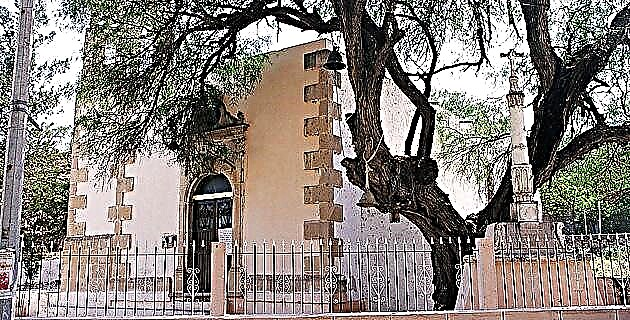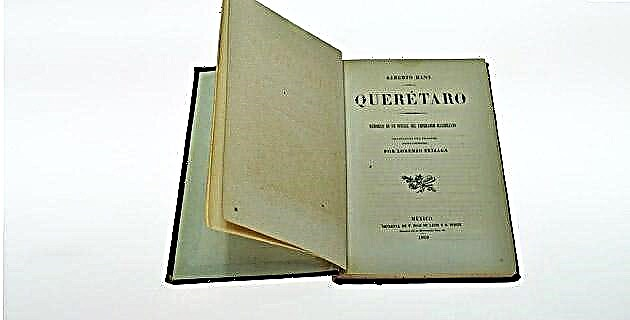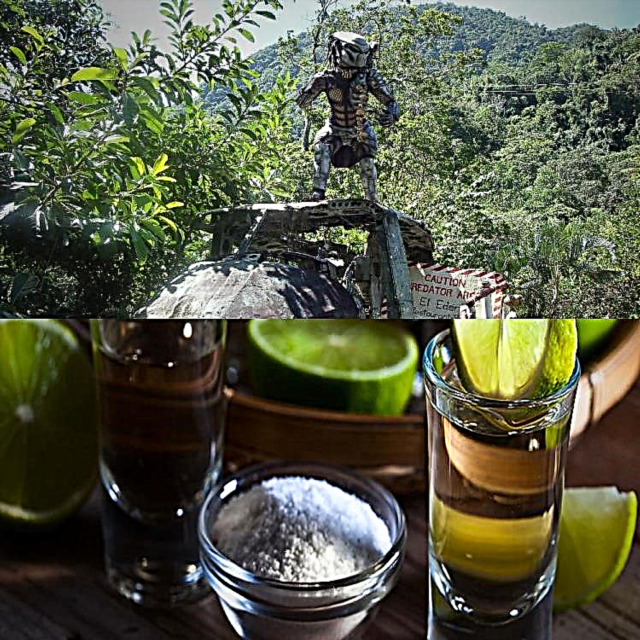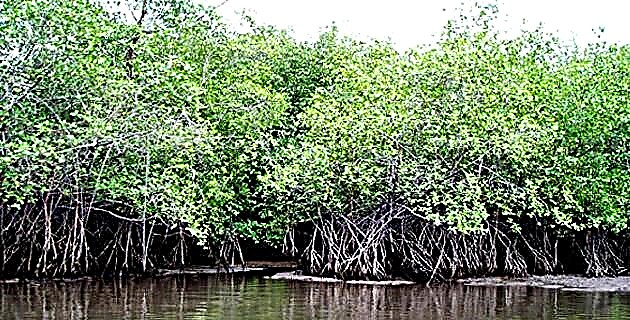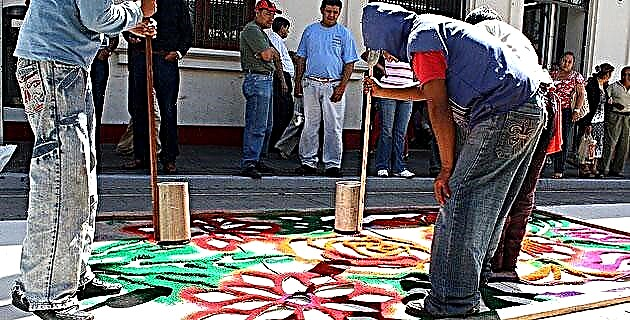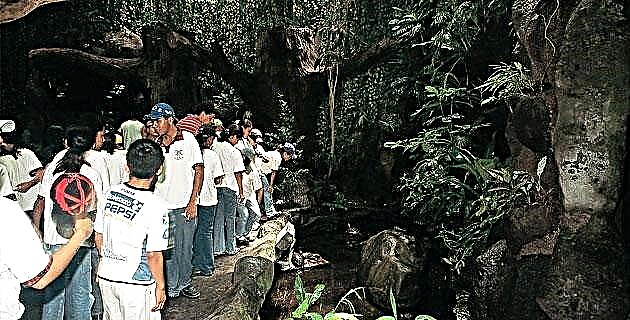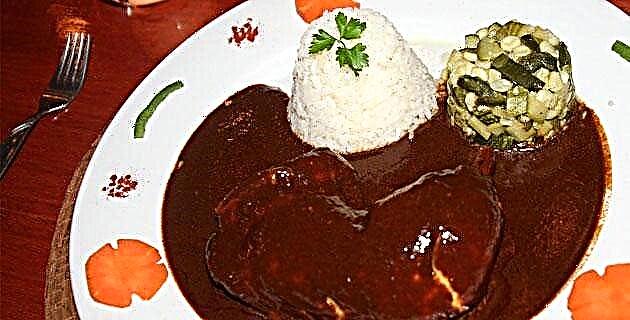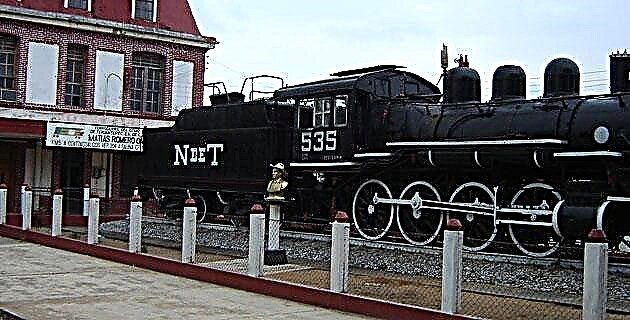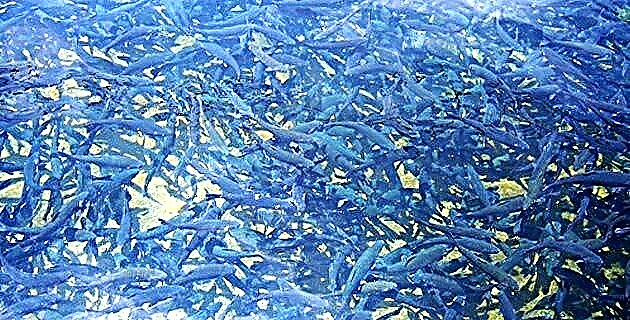
I met Atlimeyaya about 15 years ago, almost by accident when, encouraged by a friend, we went fishing because it was rumored that large trout inhabited its river.
I remember it very well because at a certain moment, not being able to continue advancing to the edge of the stream, we decided to go around a hamlet on the edge of the town to continue fishing upriver. We must have circled about 500 m and when we returned to the ravine we had a good surprise… the river was no longer there! .., in its place there was a dry gap! Intrigued, we decided to investigate by returning through the ravine, until we came to a large volcanic rock crag at the foot of which stood a huge millenary ahuehuete, the largest I had ever seen. Between the rock and the roots of the imposing tree a large amount of water gushed out and a few meters ahead, much more, thus forming the stream where we had been fishing.
I remember that I remained in the shadow of that ahuehuete for a long time, admiring its surroundings, impressed, and I thought that despite its beauty it seemed somewhat sad, as if abandoned. I could not believe that there was such a "special" place, to call it somehow, relatively so close to the city of Puebla and especially that I had not known it until then.
To return to the truck, we crossed the entire town on foot and I also vividly remember the contrast between the black of its stone and the green of its profuse vegetation and its orchards on the side of the road. I saw a few children and women and some elderly people, but in general very few people, no young people, and I had the same impression again as at the foot of the ahuehuete; a somewhat sad place, as abandoned.
It took me a long time to return to Atlimeyaya, as my studies, family and later business kept me away from Puebla and for many years my visits were only sporadic. But last Christmas I arrived with my family to visit my parents and it happened that that same friend, knowing that I was in Puebla, called me on the phone and asked me: "Do you remember Atlimeyaya?" "Vaguely yes" I replied. "Well, I invite you to go tomorrow, you will not believe the amount of trout there are now."
The next morning, early on, I was waiting impatiently for my friend to arrive with my fishing gear ready. On the way, the surprises began. I had heard of the Puebla-Atlixco highway, but never traveled the bay, so the trip seemed much faster than I expected, despite the fact that we stopped to contemplate from the viewpoint that exists at the highest point of the toured a fabulous view of the volcanoes.
From Atlixco we headed to Metepec, a town that was founded and built at the beginning of the century to house one of the largest textile factories in the country; Closed more than 30 years ago, this factory was transformed about eight years ago, into an imposing Delimss Vacation Center. From there, winding down a somewhat narrow but well-paved road, we headed for Atlimeyaya, a much shorter journey than we did through an infamous gap many years before.
To our left stands majestic, almost threatening, the somber Popocatepetl, and sooner than I expect we enter Atlimeyaya. Its street and its alleys seem wider and cleaner to me today; previously abandoned buildings are now rebuilt, and I see a good number of new buildings; But what most catches my attention is that there are many more people and when I comment on it with my friend, he replies: "Indeed, but, you haven't seen anything yet!"
When crossing the old stone bridge that crosses the river, I see that in the fields on its banks, once avocado orchards, now large structures such as palapas rise, which I guess are restaurants because I am reading "El Campestre" "El Oasis" " The Cabin ”. In the latter, at the end of the road, we enter and leave the car. An adjacent gate reads "Welcome to Xouilin Fish Farm." We enter skirting a small dam, where I can guess that there are trout by the thousands and I ask: "Are we going to fish here?" "No, be calm, first we are going to see the trout" replies my friend. A guard welcomes us, shows us the route and invites us to go to an information center, where we will be shown a video. Crossing the farm to the indicated place, we walk to the shore of wide lateral ponds, and my friend explains to me that this is where the broodstock (large trout specially selected for breeding) are kept. The next pond upstream is a pleasant surprise to me; It is set up like an open-air aquarium, excellently emulating the natural habitat of the trout. In it, I am fascinated by some huge specimens of rainbow trout and brown trout, but some trout still attract my attention, colored? Never seen bay blue trout, much less did I imagine that there were almost orange yellow specimens and even some smaller ones almost totally white.
Upon hearing my speculations about it, we were approached by a very kind person who explained to us that these trout are extremely rare specimens in which the phenomenon of albinism is manifested, a rare genetic mutation that prevents chromatophores (cells in charge of giving coloration to skin) produce the normal color of this species. Accompanied by this same person, we go to the information center, which is like a small auditorium, on whose walls a permanent exhibition is mounted with photographs, engravings, drawings and texts that contain all the information related to the trout: from its biology, its habitat and its natural and artificial reproduction, to its cultivation and feeding techniques, and even its nutritional value for man and even recipes on how to prepare it. Once there, they invited us to sit down and watch a video that for eight minutes of excellent photography, especially underwater photography, shows us and recounts the production process in rainbow trout farms, and tells us about the considerable investment that is required and the high degree of technology that is applied in the breeding of these wonderful fish. At the end of the video, there was a short question and answer session and finally we were invited to visit the area of production ponds, known as raceways (fast current channels) and to walk around the farm as long as we wanted.
Fast-current channels are where the core part of the production system, the fattening phase, takes place; water circulates rapidly and is recharged with oxygen through a system of breakers (falls); the number of trout swimming in them seems almost incredible; there are so many that the bottom cannot be seen. The fattening process takes about 10 months on average. Each pond is home to different size trout which, as explained to us, are classified by size. In addition, the number of trails that inhabit each of them is counted, since only in this way is it possible to accurately predict the amount of food that should be given to them (up to six times a day) and when they will be ready for harvest. consumer. In this place it is harvested daily according to market demand, a fact that allows, without closures or temporary periods, that the product is always available to the consumer
I am truly amazed, and to leave, the guide, who has always been with us due to our great interest, informs us that a new incubation room is currently under construction in which visitors will also be able to contemplate the critical process of reproduction and incubation through windows arranged for it. He tells us that Xouilin is a private company with 100% Mexican capital and that construction began more than 10 years ago; which today contains in its facilities around one million trout, and which produces at a rate of 250 tons / year, which places it, by far, in the first place at the national level. Additionally, almost a million offspring / year are produced to be sold to producers in many other states of the Republic.
Finally we said goodbye promising to return soon with the Family; I feel very happy, except perhaps because I wanted to fish and even when we were invited to do it in a pond designed for it, I thought that, although many people like it, it would not be funny for me.
Arriving at the parking lot, I am amazed at how many cars are there. My friend tells me: "come, let's eat" and when I enter the restaurant, my amazement is even greater at the number of people who are there and how big the place is. My friend has been several times and knows the owners. This is a family settled in Atlimeyaya for several generations and previously engaged in agriculture. He greets them and manages to get us a table. My friend simply suggests some "gorditas", a rice and a trout with epazote (the specialty of the house), and a girl with a smiling face, very young (surely also a native of Atlimeyaya), notes diligently. While the food arrives, I look around me, I count more than 50 waiters and my friend tells me that this restaurant has a capacity for 500 or 600 people and that among all those that there are, who also belong to families from Atlimeyaya, they come to serve about 4,000 visitors per week. And although these figures impress me a lot, the food does more, little complicated but well cooked, with a very special flavor, very much from there, very from Atlimeyaya; and in particular the trout, excellent !, perhaps because it was still swimming recently; perhaps also because of the epazote, cut in the backyard, or is it because of the company of real tortillas, made by hand?
The time has come to leave and as we go down to Metepec I am reflecting: how Atlimeyaya has changed! Perhaps many things are still missing, but there is something very important: sources of work and a considerable economic benefit for the community.
I think it was a great day, full of surprises. It seems early to go home and I dare to suggest that we visit the Vacation Center in Metepec, but my friend responds "next time, for today it is no longer possible, because now we are going to fish!" And so, arriving at Metepec, at the corner of the Vacation Center, turn left and in a couple of minutes we are at the door of the camp area, which although separated from it, is part of the IMSS Vacation Center facilities. There a sport fishing project operates, concessioned by the Institute to the Xouilin fish farm itself. To mount it, an old abandoned jagüey was restored, and it became a beautiful place, today known as Amatzcalli.
That same afternoon, in just a couple of hours, I caught many trout, including a fairly large one (2 kg) and even a couple of bass; Unfortunately I could not catch any brown trout (I think this is the only place in our country where this is possible) but it was already too much to ask; I had an exceptional day and I hope to return very soon.
I met that Jaguey also 15 years ago, but hey, that story will have to be told in a future edition.
IF YOU GO TO ATLIMEYAYA
From the city of Puebla, head towards Atlixco, either by the free highway or by the toll highway. Once in Atlixco, follow the signs to Metepec (6 km), where there is an IMSS Vacation Center. Continue, always following the paved road, about 5 km more and you will have reached Atlimeyaya.
Source: Unknown Mexico No. 223 / September 1995

